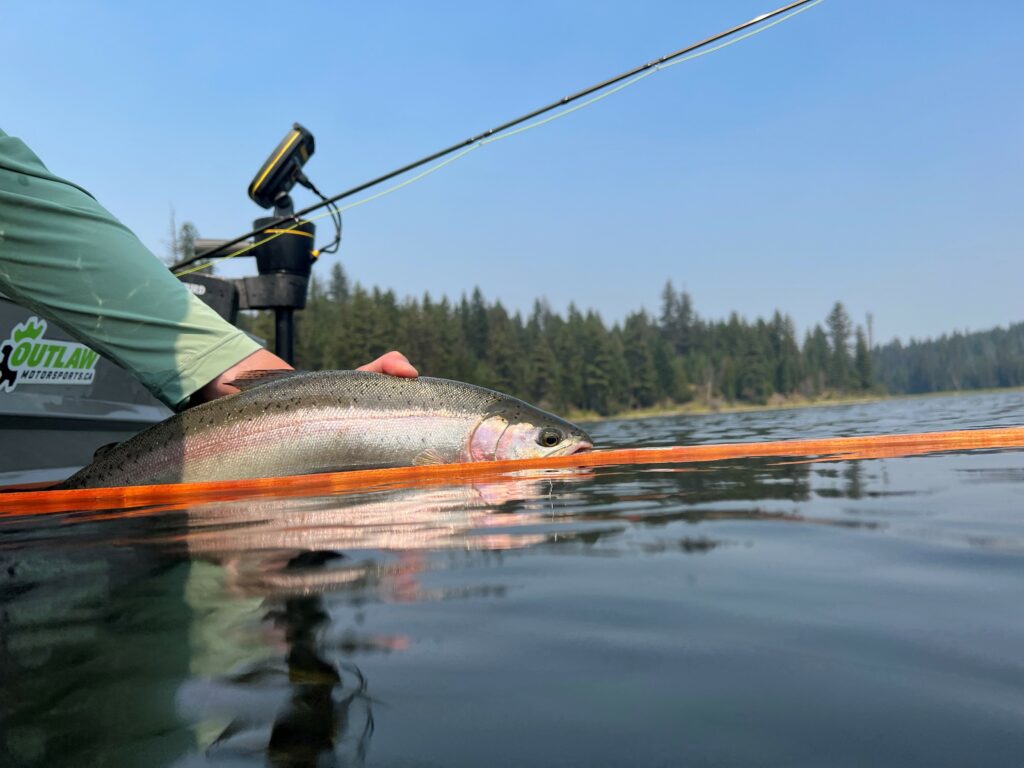Expert Advice
Fall Stillwater Fly Fishing Tactics
The Fall Stillwater Fly Fishing Season is here!
The arrival of September typically coincides with some cooler early fall weather patterns. Stillwater fly fishers anxiously await those dropping air temperatures as they stimulate more active feeding of the trout found in those literally hundreds of productive trout lakes scattered throughout the interior regions of BC, Alberta, Saskatchewan and several northwest states. As water temperatures continue to drop the fish will feed not only more aggressively but also in shallower and shallower water. 60°F and below seems to trigger the start of the fall fishing season. However, the really good late fall fishing occurs when the surface temperatures start dipping below 50°F. The fall feeding period ensures the trout and other fish species put on as much body fat as possible so that they can survive the cold, ice-covered winter period which sees much reduced rates of metabolism of most species of freshwater fish.
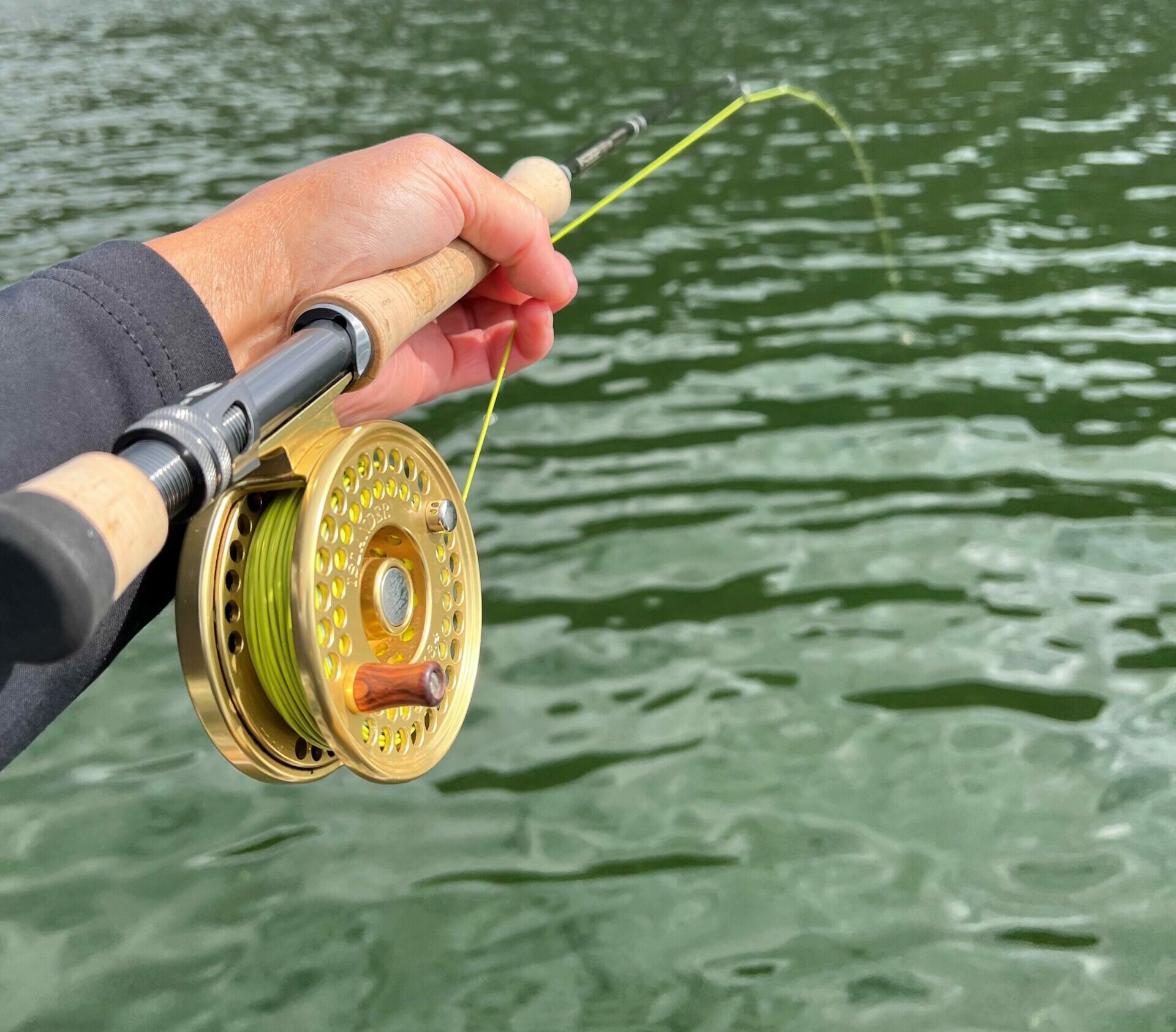
Rising with Dropping Temps
Trout turn their attention to food sources that are going to overwinter in the lake. Staple diet items include shrimp or scuds, juvenile damselfly nymphs, leeches and zooplankton (daphnia). All of these invertebrates are found living in the shallow water of the shoal zone of the lake. The key point to remember is that the continually dropping water temperatures allow the trout to feed in much shallower water. The majority of our fall season is spent in water definitely less than 15 feet in depth. By mid-October, we are often spending the day in water less than 10 feet deep and there can be incredible fishing action in 3 to 5 feet of water.
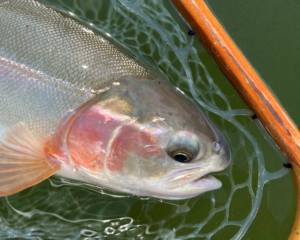
Lines and Patterns for Success
Fall fishing requires a variety of fly lines but the most used ones are floating lines with and without strike indicators, intermediate sinking lines, and type 3 sinking lines. Fly patterns need to be presented close to the bottom regardless of the depth of water being fished. Floating lines and strike indicators are extremely effective for presenting juvenile damselfly nymphs, leeches, and blob patterns. Blobs represent small clusters of zooplankton and late-season trout often find that pattern hard to resist.
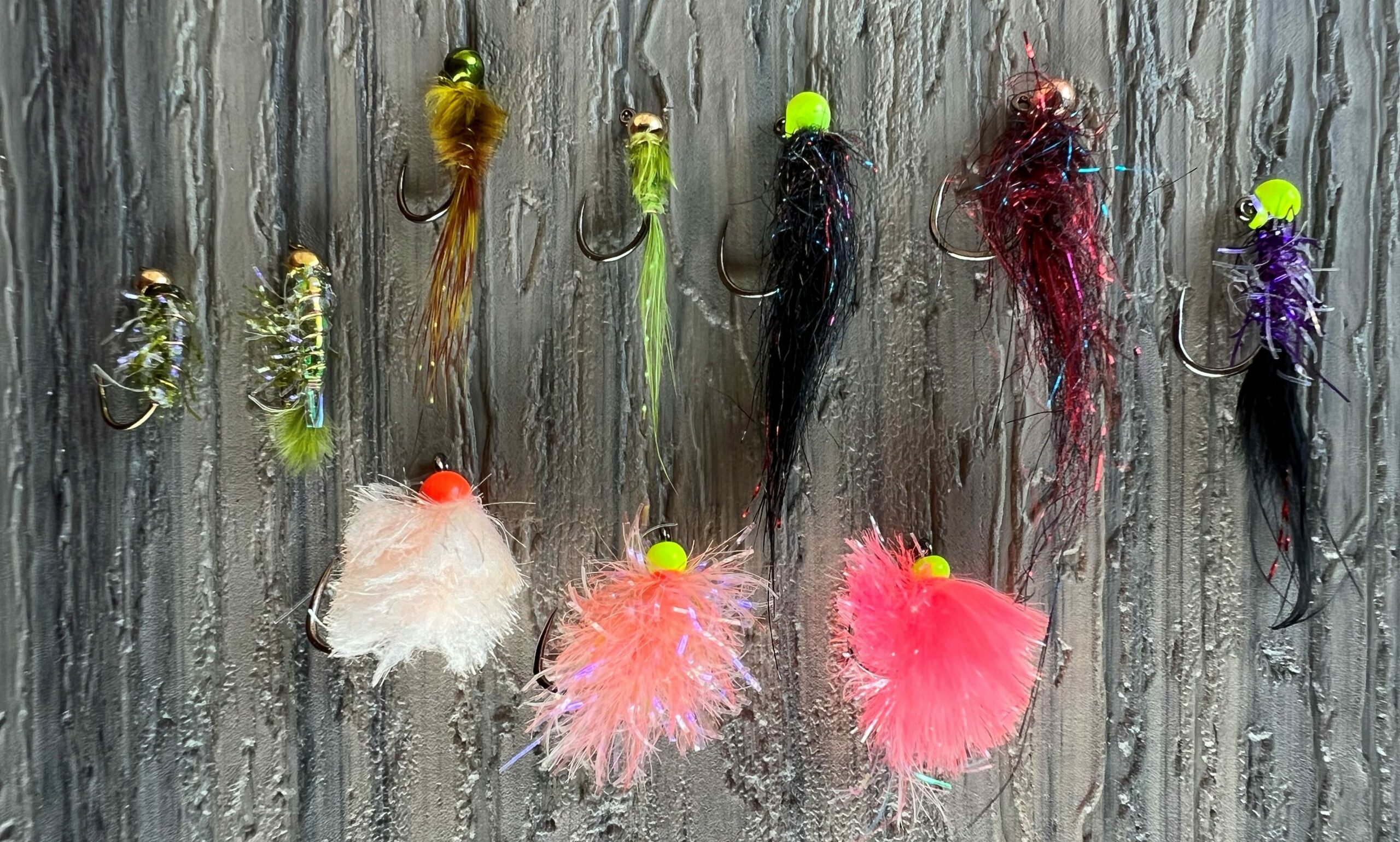
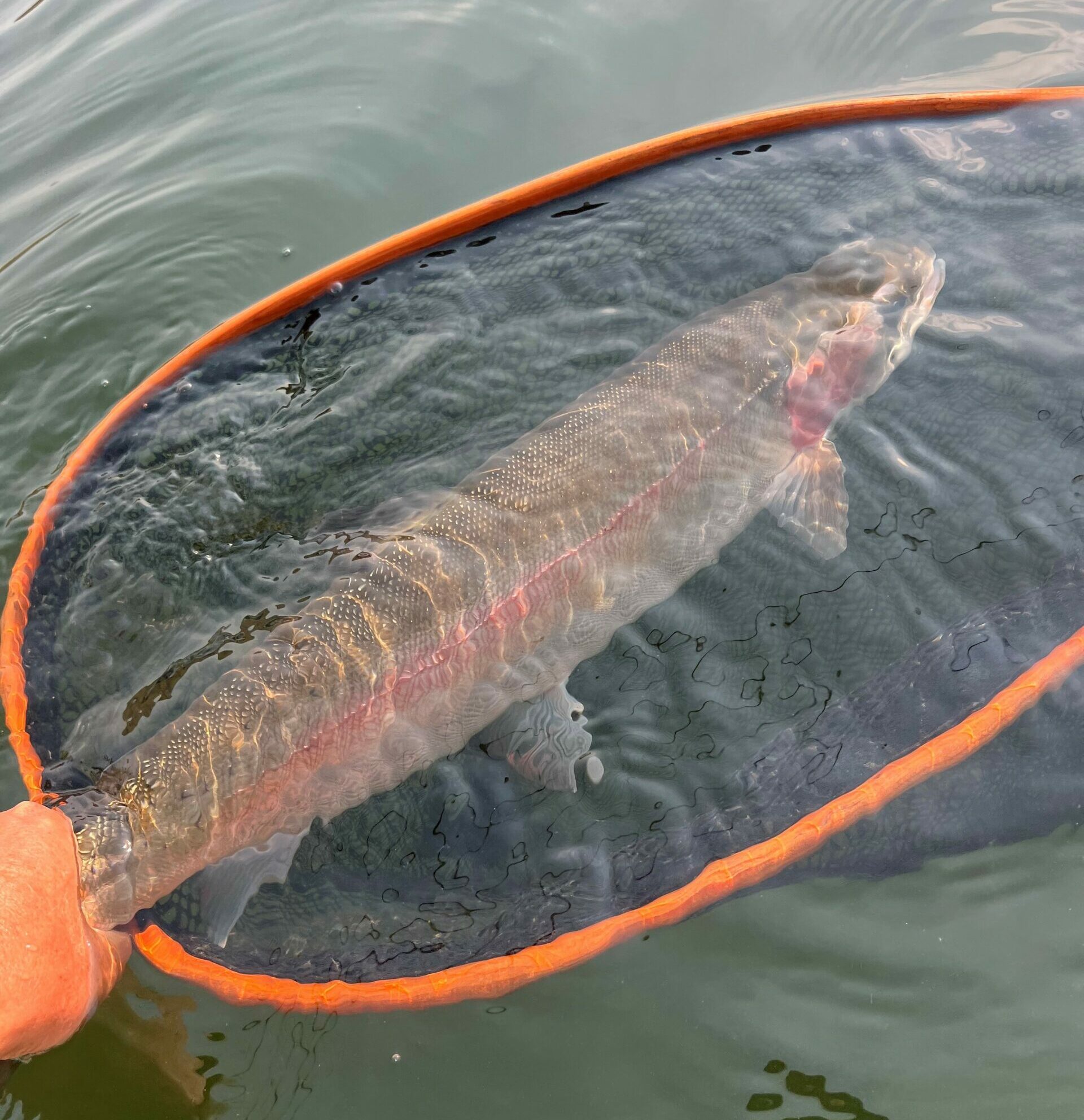
Chasing Late-Season Dreams
Depending on the weather our fall fishing can last well into late November but an early cold snap can end the fishing year much earlier than that. The fall Stillwater season often provides the best chance to catch a fish of a lifetime on uncrowded waters. Dress for the weather and enjoy this last of the season fishing.
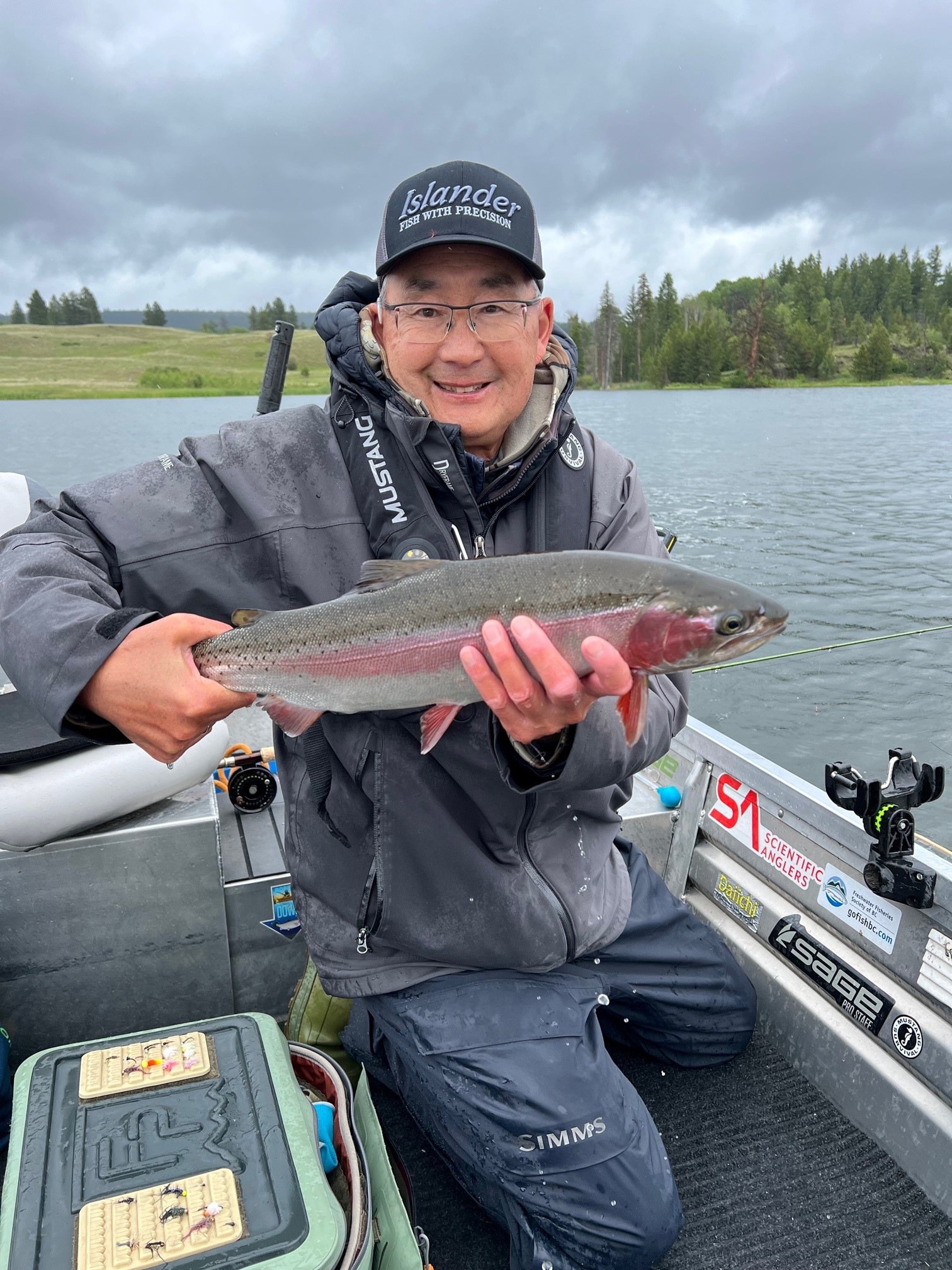
As a guide, seminar host, successful author, and retired fisheries biologist, you’ll be hard pressed to find a more passionate and influential angler in all of British Columbia than Brian Chan. Based out of Kamloops, BC, he enjoys spending time on local lakes when he isn’t reaching for the ends of the earth for his next adventure.


